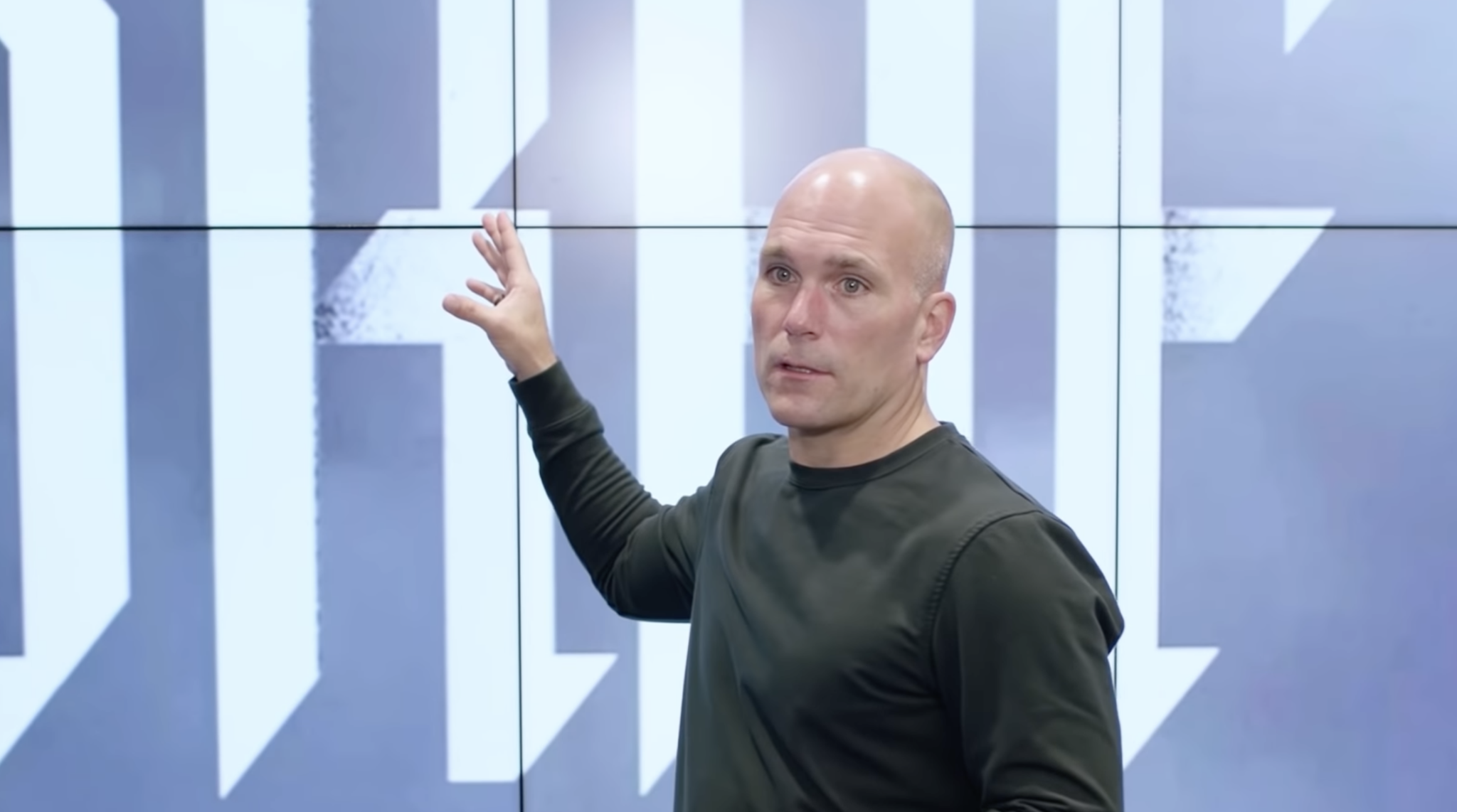A year later, in the AFC Championship Game on January 17, 1988, the Browns rallied in Denver after an early 21-3 deficit to tie the game but were behind 38-31 as Bernie Kosar led a drive to the Broncos’ 8-yard line. Browns running back Earnest Byner was headed into the end zone for an apparent game-tying touchdown with 1:12 left to play but was stripped off the ball by Denver defensive back Jeremiah Castille and Cleveland was once-again denied a Super Bowl berth.
Two years later, in 1990, Cleveland was once again soundly defeated by Elway and the Denver Broncos, 37-21, at Mile High Stadium in the AFC Championship Game.
It was three-and-out for Newsome and after playing the disastrous 1990 season for a 3-13 Browns team that saw head coach Bud Carson fired in Week 10, he decided his playing days were over.
“I think there will be an emptiness as a player because I never played in the Super Bowl,” Newsome said. “I will never be able to go back and recapture that. But having the ability to have success on the field and off the field is going to match. I just wish I had a chance to play in the Super Bowl as a player.”
All disappointments and adversity as a player in Cleveland certainly shaped Newsome’s view of the business and the game.
As a player Newsome saw all of the harsh, ugly aspects of the industry from the inside – the fame, the pressure, the injuries, the personalities, the new money, teammates who battled drugs, alcohol and other demons in a cocaine and steroid addled era of the NFL. He saw power struggles, coaching changes, poor free agent signings, controversial quarterback changes, and in the end, even his storied franchise picked up from Cleveland and moved to Baltimore, further illuminating the economic and “grown up” realities of the game he fell in love with as a child in Alabama.
Those men – Bear Bryant, Sam Rutigliano, Bud Carson and Marty Schottenheimer — all affected him and taught him about life and leadership in the NFL.
“Ozzie is a great observer and he’s seen almost everything,” said Byrne, whose office is just 20 paces from Newsome’s in Owings Mills. They’ve been colleagues, co-workers and confidants for 32 years now in the extended family of Arthur B. Modell. “He comes into town as a No. 1 pick to Cleveland and he knew no one in the city. And by the end, he was beloved by every Browns fan in the world. He saw good guys, teammates come to the city and get turned the wrong way and then make a comeback. He’ll never quit on a young player because he understands how hard it is to play in the NFL. He knew that you can’t have a team of choir boys but you can show players the right way and surround them with right type of leaders.”
Perhaps Art Modell’s greatest contribution to players in Cleveland was an anonymous group called “The Inner Circle,” whose focus was on troubled players who were having issues that would be now be described as a “mental health issue” or one for “employee assistance.” This concept of an in-house organization that aided his players in overcoming financial problems as well as alcohol and drug addictions was groundbreaking, not just in the NFL but in professional sports in America. Young men were coming into unprecedented money and fame – and of course all of the allure that comes without a handbook for how to handle the large stage and responsibility – and Modell saw it not only as good business, but the right way to treat his most valued asset, his people.










